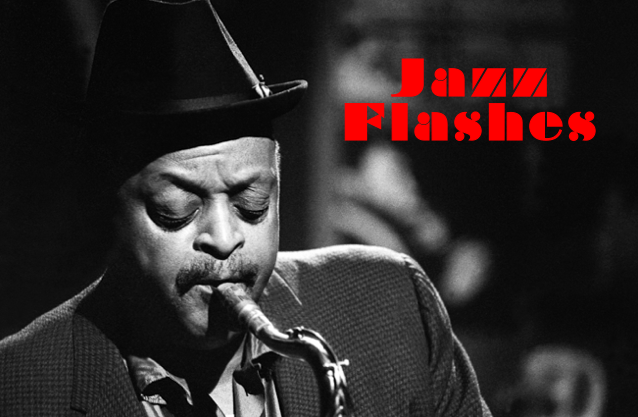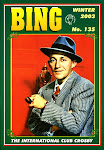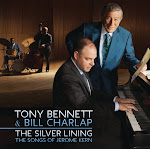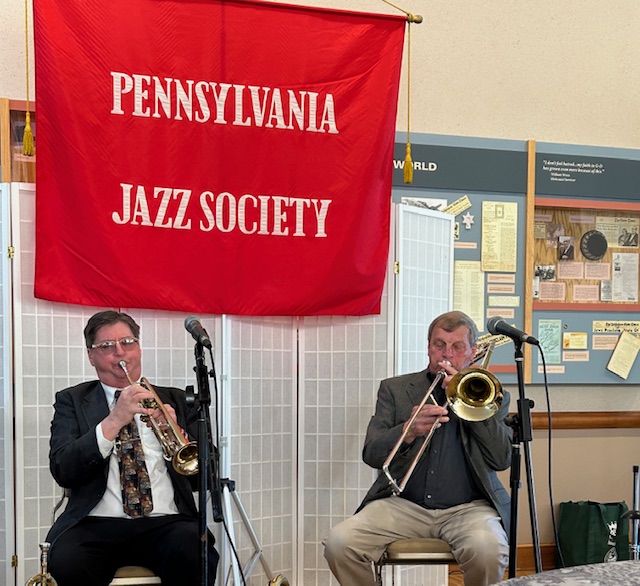According to José María García Martínez in his book Del Fox-Trot al Jazz Flamenco (From Fox-Trot to Flamenco Jazz), a history of jazz in Spain between 1919 and 1996, by the mid 1960s Bennett was living in Cambrils, a town not too far from Barcelona, and appearing with guitarist René Thomas in clubs in and around Barcelona, where "he was known throughout the country as a messenger of jazz" (190). Though he had settled in Paris, where he would eventually pass away in 1997, it is very possible that Bennett spent part of his time in Spain, at this time still under the dictatorial regime of Francisco Franco and not as receptive to jazz—and foreign music in general—as other European countries. Whatever the case, sometime in 1966, Bennett, along with Philip Catherine on guitar and other unknown musicians, backed Feliu on this excellent album released by the Spanish Edigsa label. Apparently, the masterminds behind the project were producer Albert Mallofré and Spanish piano ace Tete Montoliu, who wrote some of the arrangements and, though uncredited, even plays piano on some of the tracks. The album is essentially a collection of well-known standards sung in Catalan, not Spanish, by Feliu, with lyrics translated and adapted by Jaume Picas, and the overall result, with Bennett's groovy contributions on organ, is extremely enjoyable.
Though celebrated as both a pop singer, well known as a master interpreter of the Catalan cuplé song form, Feliu was a jazz vocalist at heart, as evidenced in this 1974 television appearance, where her set list is rife with jazzy interpretations of standards. In fact, Feliu had already recorded an album with Montoliu prior to this session with Bennett and had even sung in New York accompanied by the Spanish pianist. This album with Bennett can be considered, in many ways, a follow-up to her collaboration with Montoliu, who participates actively in the project. Like Sweden's Monica Zetterlund, Feliu has a very agreeable voice and an unerring sense of time that allows her to swing in an effortless manner. Her voice, albeit not always as melodious as Zetterlund, blends perfectly with the organ accompaniment, and her readings of the Catalan lyrics of all these very familiar tunes are never less than convincing. The LP starts off with "Geòrgia, Geòrgia," a slow-paced, rather bluesy version of Hoagy Carmichael's "Georgia on My Mind" that sets the pace for what we will find in the rest of the album. "Encara No" is a mid-tempo reading of "Speak Low" with Montoliu on piano delivering a lovely solo, and with some fine guitar work from Catherine. "D'Aqui a L'Eternitat" is not really a standard, but the theme song of the movie From Here to Eternity set to a semi-Latin beat that works perfectly for Catherine to offer us a beautiful, subdued guitar solo. Bennett sets a groovy mood on "T'He Mirat," a particularly swinging version of "I Only Have Eyes for You," and the first side of the LP concludes with one of the highlights—a very laid-back arrangement of Duke Ellington's "Satin Doll," entitled "Nina de Seda," which features some great interplay between Bennett and Catherine.
The second side of the disc begins with Feliu at her most seductive, reciting the opening lines of "No Saps la Feresa d'Amor," which is actually "You Don't Know What Love Is," the slowest number on the set, in equal parts dramatic and restrained, featuring some extremely sympathetic playing by Montoliu, who could be romantic and smooth without ever overdoing it. "Ningú No Ho Podrà Saber Com Jo" (George and Ira Gershwin's classic "They Can't Take That Away from Me") picks up the pace and gives Bennett a chance to show off his dazzling skills on the organ and prove why European audiences were attracted to his very personal style. "Aquell Infant" is "Nature Boy" given the full Montoliu treatment; his marvelous piano solo seems to inspire Feliu to play with the rhythm and the melody throughout the whole performance. Bennett is back for "Cèntims del Ciel," an uptempo arrangement of "Pennies from Heaven" that finds the organist sounding quite a bit like Jimmy Smith, and Feliu proving that she really knew how to swing and sing slightly behind the beat whenever she felt it was necessary. Again accompanied by Montoliu's piano, Feliu reaches quite far back for "Te'n Vas Anar," an interesting reading of "After You've Gone" that begins in a bluesy mood for about a chorus and then picks up the tempo and closes the album with a bang. Though the rest of Feliu's recorded output has its interesting moments (particularly the aforementioned session with Montoliu that also includes Booker Ervin and which is highly recommended) this obscure album is definitely one of its highlights and proves that jazz and the Great American Songbook, when done properly, can sound engaging in any language. For anyone who is interested, Núria Feliu, Lou Bennett I Els Seus Amics, reissued on CD by the Picap label a few years ago, can be found as a CD-R in the United States at the time of this writing. It is an unusual, yet thoroughly satisfying record that is sure to appeal to any jazz aficionado in search of something off the beaten path and with a swinging beat.
Though celebrated as both a pop singer, well known as a master interpreter of the Catalan cuplé song form, Feliu was a jazz vocalist at heart, as evidenced in this 1974 television appearance, where her set list is rife with jazzy interpretations of standards. In fact, Feliu had already recorded an album with Montoliu prior to this session with Bennett and had even sung in New York accompanied by the Spanish pianist. This album with Bennett can be considered, in many ways, a follow-up to her collaboration with Montoliu, who participates actively in the project. Like Sweden's Monica Zetterlund, Feliu has a very agreeable voice and an unerring sense of time that allows her to swing in an effortless manner. Her voice, albeit not always as melodious as Zetterlund, blends perfectly with the organ accompaniment, and her readings of the Catalan lyrics of all these very familiar tunes are never less than convincing. The LP starts off with "Geòrgia, Geòrgia," a slow-paced, rather bluesy version of Hoagy Carmichael's "Georgia on My Mind" that sets the pace for what we will find in the rest of the album. "Encara No" is a mid-tempo reading of "Speak Low" with Montoliu on piano delivering a lovely solo, and with some fine guitar work from Catherine. "D'Aqui a L'Eternitat" is not really a standard, but the theme song of the movie From Here to Eternity set to a semi-Latin beat that works perfectly for Catherine to offer us a beautiful, subdued guitar solo. Bennett sets a groovy mood on "T'He Mirat," a particularly swinging version of "I Only Have Eyes for You," and the first side of the LP concludes with one of the highlights—a very laid-back arrangement of Duke Ellington's "Satin Doll," entitled "Nina de Seda," which features some great interplay between Bennett and Catherine.
 |
| Pianist Tete Montoliu |























































